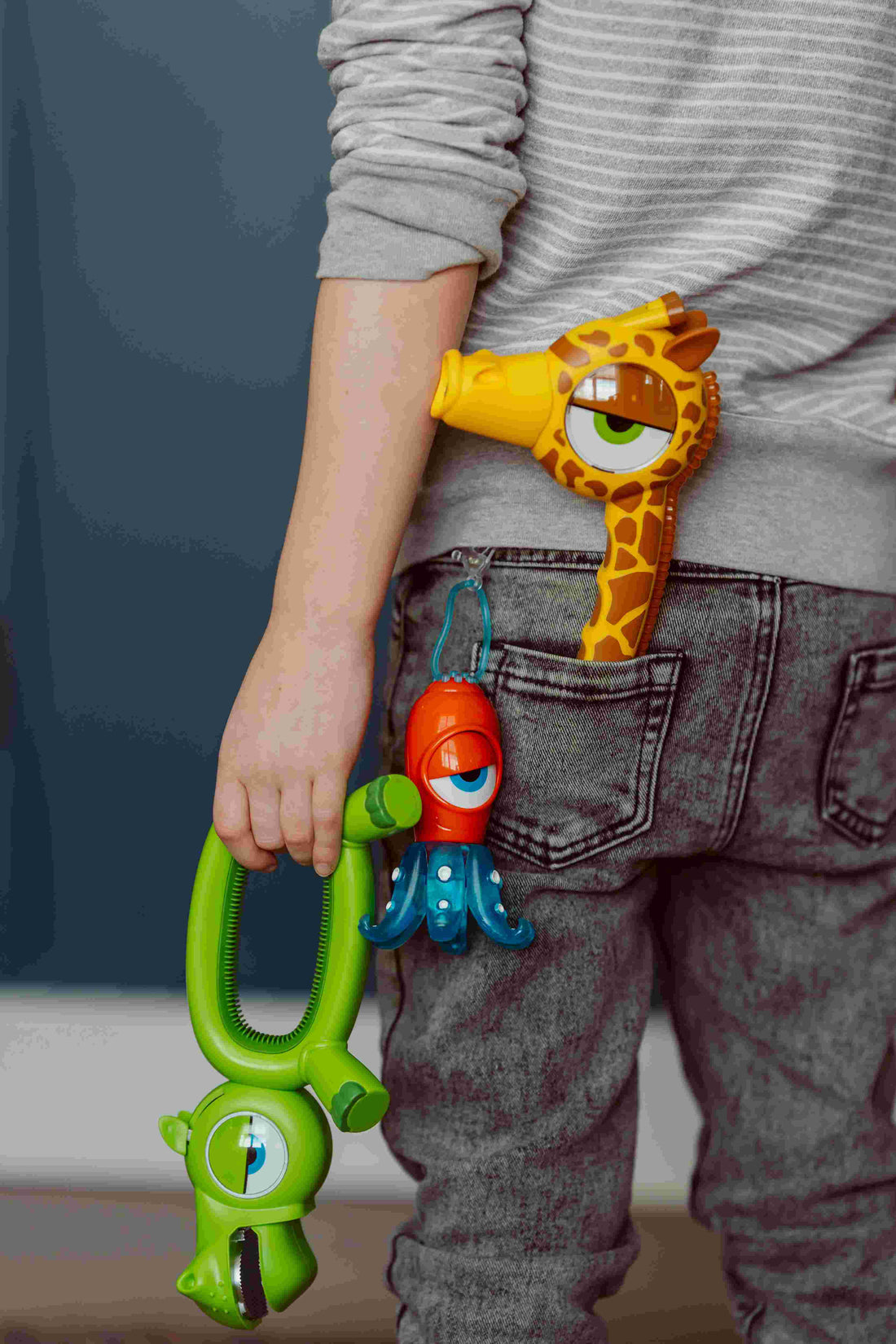
Is it Safe to Let My 5-Year-Old Use a Real Hammer?
Share
Yes, it can be safe for a 5-year-old to use a real hammer if it’s designed for kids and used responsibly. Many children at this age are eager to copy what adults do. Using real tools, with supervision, can help build coordination, focus, and confidence.
A real hammer for kids means a smaller, lighter version of the real thing. It’s not a toy, but it’s made to fit smaller hands and reduce the chance of accidents. Look for hammers that weigh around 6 to 8 ounces and have rubber grips or wooden handles for better control.
Safety depends on a few key factors:
- Tool size and weight: Use a kid-specific hammer, not an adult version
- Supervision: An adult should be hands-on at all times
- Material choice: Start with soft materials like cork or foam
- Clear rules: No swinging, tapping only the intended surface
- Short sessions: Avoid fatigue, which can lead to mistakes
In this short guide, you’ll learn what age is appropriate for real tools, how to introduce them safely, and a few beginner options that go beyond a real hammer for kids.
Many Parents Worry About What Tools Are Safe Beyond Hammers
That’s a common next step. Once your child becomes comfortable with a real hammer for kids, you may want to introduce other tools. Options like screwdrivers, STEM wrenches, and measuring tapes offer a safe, hands-on experience with the right support.
Don’t know where to start? Try a 3-in-1 tool like this kid-friendly tape measure. It combines a tape measure, pencil, and level , all in one easy-to-use design. It’s a great way to teach measuring and spatial thinking without overwhelming them.
Tools like the STEM wrench are ideal for kids between 8 and 10 years old. At this stage, they’re ready for more control and detail-oriented tasks. A STEM wrench introduces basic mechanical concepts and adds variety beyond hammering. It’s a practical way to encourage hands-on learning and early problem-solving.
What Age Is Appropriate for Using Real Tools?
Most children can begin exploring real tools between the ages of 4 and 6. However, readiness matters more than age. Signs your child may be ready include:
- Ability to follow instructions
- Interest in building or fixing things
- Willingness to use tools carefully
Introducing real tools under supervision can significantly boost a child's self-esteem and sense of responsibility. According to educators, being trusted to use tools helps children develop independence and problem-solving skills.
Put Real Tools in Their Hands Today
Giving your child access to tools like a real hammer for kids teaches valuable, hands-on skills early. Start with simple tasks. Let them build, test, and learn through experience.
This kind of learning supports fine motor development, confidence, and creative thinking. The goal is steady progress, not perfection.
Looking for ideas? Here are 5 beginner-friendly DIY projects to try with your child. Each one is practical, safe, and designed to teach.
Open the list, set up your space, and start building together:
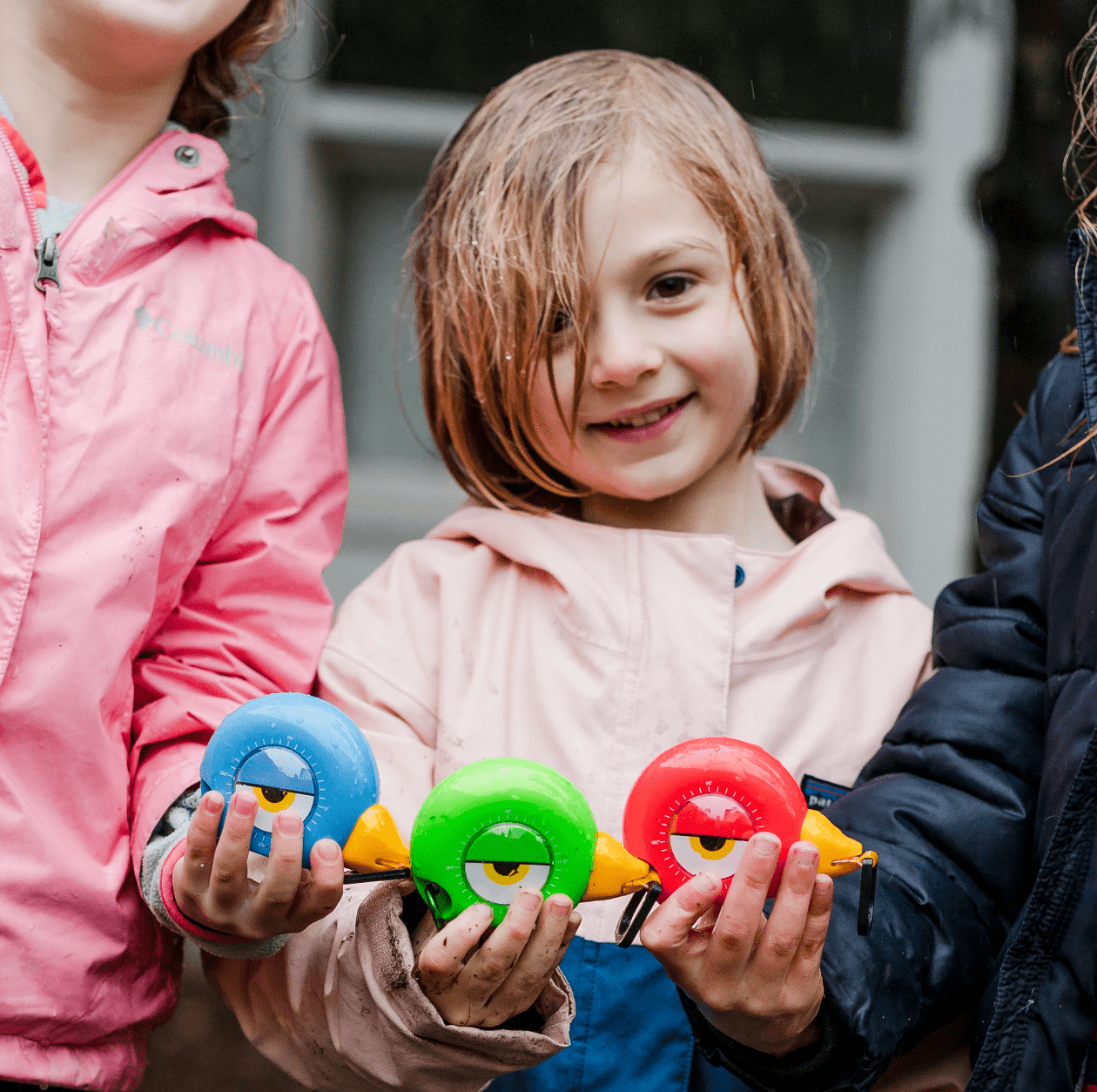

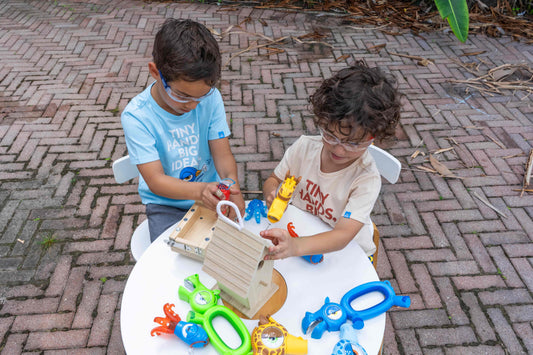
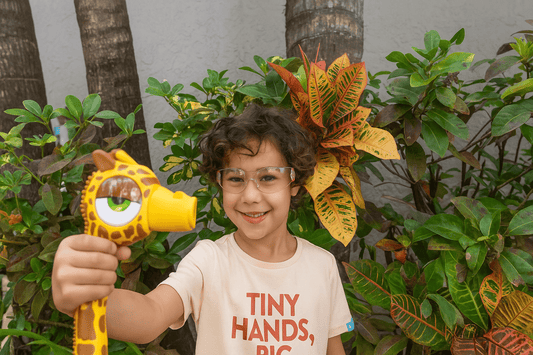
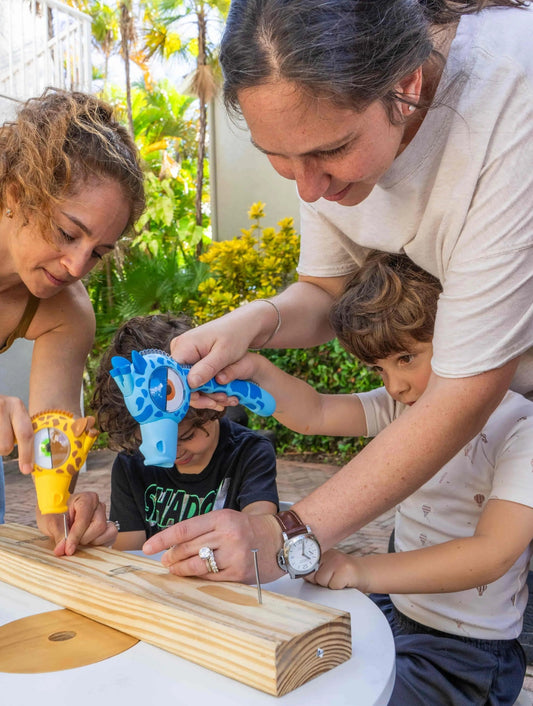
 https://handyfamm.com
https://handyfamm.com